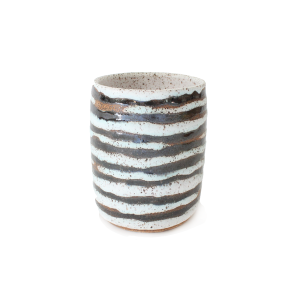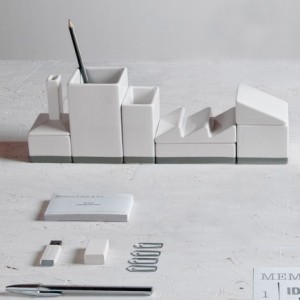This review was written for my work blog, Read @ MPL. To see all posts I’ve written for Read @ MPL, click here.
The bubble houses of Wallace Neff are something to behold indeed. Weird white bubbles of concrete, these houses look more like science fiction than suburban subdivision. The first bubble houses were built in Falls Church, VA during World War II as housing for government families. The small community was nicknamed “Igloo Village” because all the houses are odd white domes. After that, Neff was hired to build a little community in Litchfield, AZ, a linen supply building, and a dormitory at Loyola Marymount University. Bubble houses were built as fun resorts in the Caribbean and in Turkey.
Neff created a unique method he called Airform construction – houses built with air. The houses were built by laying a round foundation and anchoring a giant balloon (imagine a giant half grapefruit, flat side down) to the foundation. They used a stronger-than-concrete concoction called gunite, firing it from a high pressure gun over the surface of the bubble. When the concrete dried, the bubble was deflated and removed leaving a dome! All told, an Airform house could be functional in about 48 hours. They were quick, cost-effective, simple, and durable structures.
When he started building his bubble houses, Wallace Neff was already a famous architect. He designed Pickfair, the Spanish colonial mansion designed for silent film stars Mary Pickford and Douglas Fairbanks. He designed houses for all three Marx Brothers. Reese Witherspoon owns a Neff house. And yet the houses he hoped would be his legacy were concrete bubbles. In the United States, only one of Neff’s original bubble houses still stand. Located in Pasadena, California, it is the house Neff himself lived in. The architect to the stars decided to live in a 1,000-square foot bubble.
In addition to the house in California, there are still some houses standing today in Dakar, Senegal of all places. Between 1948 and 1953 about 1,200 bubble houses as the city started expanding. People wanted houses to replace their traditional grass dwellings, and Airform structures were cheap and fast. Today they have been adapted to be more traditional houses with bathrooms, living rooms, and other spaces, often surrounded by traditional rectangular buildings to make a sort of compound. After all this time they are quite resilient structures.
There are lots of places to learn about these bubble houses. I first heard about them in an episode of the radio show/podcast 99% Invisible, which includes an interview with a woman who lived in one of the original Falls Church bubble houses. You can also check out the 2011 LA Time feature about the last remaining bubble house in the US, and a (highly recommended) photo gallery from Planet Magazine.
No Nails, No Lumber: The Bubble Houses of Wallace Neff was published in 2012 by the Princeton Architectural Press.
2014 Reading Challenge
read 51 books toward her goal of 100 books.

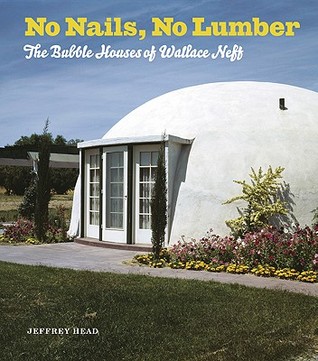

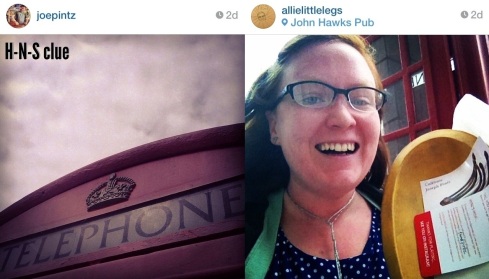


 Jessica Lamb-Shapiro is well-versed in the language of self-help. Her father is a psychologist, parenting expert, and self-help author. In Promise Land she explores the culture of American self-help, trying to find why self-help has such a strong appeal and how the self-help industry became so huge. She goes to conferences, walks on hot coals, makes a vision board, attends lectures, takes a class to deal with her fear of flying, and volunteers at a camp for teens dealing with grief.
Jessica Lamb-Shapiro is well-versed in the language of self-help. Her father is a psychologist, parenting expert, and self-help author. In Promise Land she explores the culture of American self-help, trying to find why self-help has such a strong appeal and how the self-help industry became so huge. She goes to conferences, walks on hot coals, makes a vision board, attends lectures, takes a class to deal with her fear of flying, and volunteers at a camp for teens dealing with grief.

 Daily Rituals: How Artists Work by Mason Currey is incredibly fantastic, offering a peek into the lives (and perhaps minds) of great cultural figures. The project started as a
Daily Rituals: How Artists Work by Mason Currey is incredibly fantastic, offering a peek into the lives (and perhaps minds) of great cultural figures. The project started as a 
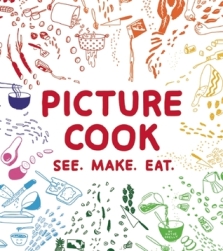 A common complaint about cookbooks is there aren’t enough pictures. Boy howdy do I have a cookbook for those complainers! Picture Cook: See. Make. Eat. by Katie Shelly is a graphic cookbook where the recipes are drawn not written. Each recipe features drawings of the ingredients and the process of preparing the dish, with the instructions contained in the drawings. The recipes aren’t strict blueprints for perfect food, but more like a framework to experiment with. Instead of a recipe for tacos, she has “Some Thoughts on Tacos” featuring a huge variety of ingredients that you can combine in any way you want to create your perfect taco. People who are strict recipe followers probably won’t like this; it’s very loosey-goosey. Shelly does finish each recipe with a ribbon across the bottom of each page featuring the measurements and quantities of ingredients, so you aren’t totally out on a limb. If you want a taste of the cookbook (pun intended!), she has posted several preview recipes on
A common complaint about cookbooks is there aren’t enough pictures. Boy howdy do I have a cookbook for those complainers! Picture Cook: See. Make. Eat. by Katie Shelly is a graphic cookbook where the recipes are drawn not written. Each recipe features drawings of the ingredients and the process of preparing the dish, with the instructions contained in the drawings. The recipes aren’t strict blueprints for perfect food, but more like a framework to experiment with. Instead of a recipe for tacos, she has “Some Thoughts on Tacos” featuring a huge variety of ingredients that you can combine in any way you want to create your perfect taco. People who are strict recipe followers probably won’t like this; it’s very loosey-goosey. Shelly does finish each recipe with a ribbon across the bottom of each page featuring the measurements and quantities of ingredients, so you aren’t totally out on a limb. If you want a taste of the cookbook (pun intended!), she has posted several preview recipes on 
